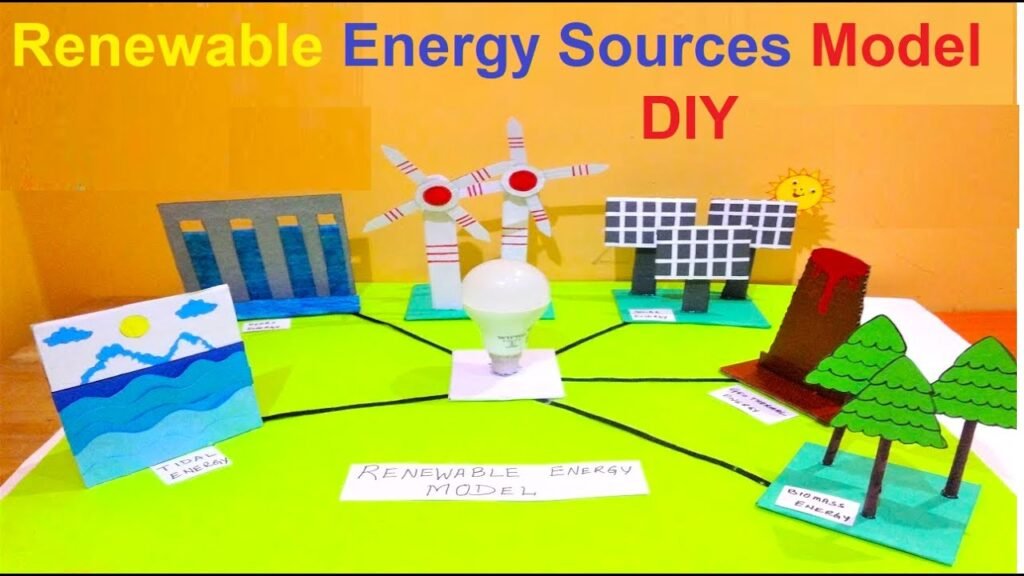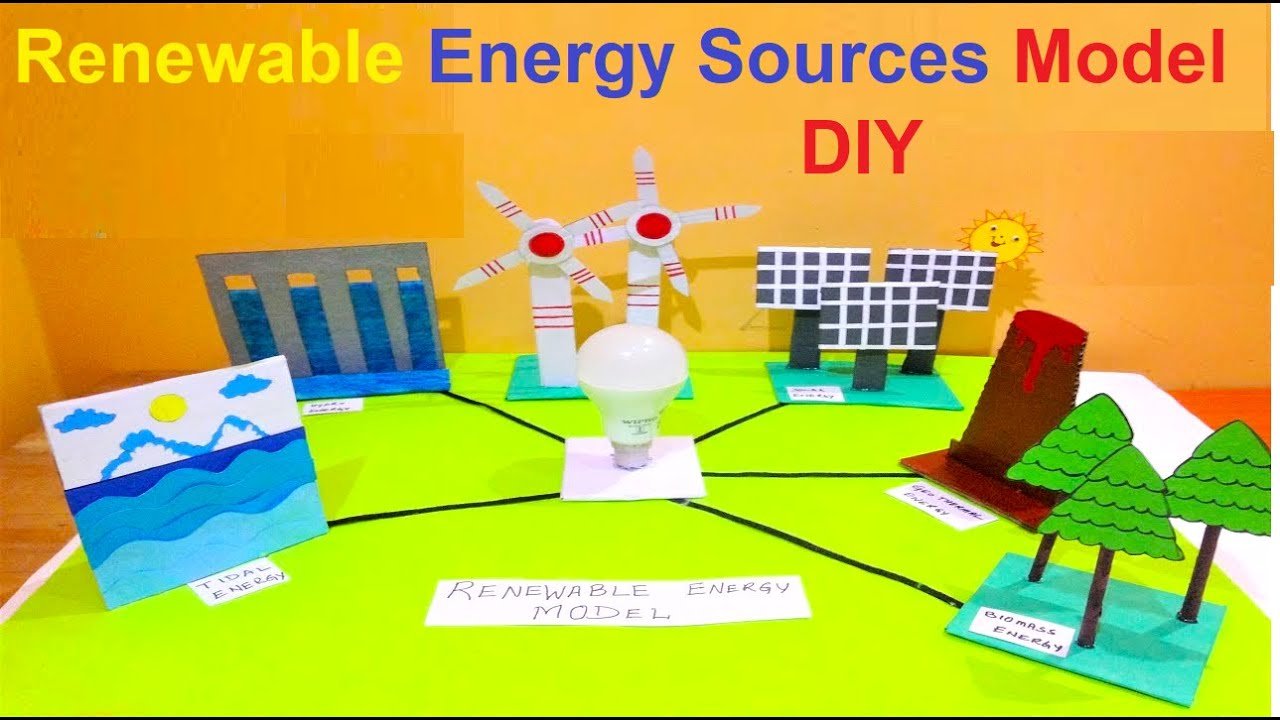Introduction
Renewable energy sources are vital for transitioning to a sustainable and environmentally friendly energy system.

Here’s a comparison of major renewable energy sources: solar, wind, hydropower, biomass, and geothermal.
Solar Energy

- Source: Sunlight
- Technologies: Photovoltaic (PV) panels, solar thermal systems
- Advantages:
- Abundant and inexhaustible
- Low operational costs
- Scalable from small to large installations
- Challenges:
- Intermittent (depends on weather and time of day)
- High initial installation costs
- Requires large areas for large-scale installations
Wind Energy

- Source: Wind
- Technologies: Wind turbines (onshore and offshore)
- Advantages:
- Clean and efficient
- Low operational costs
- Suitable for remote locations
- Challenges:
- Intermittent (depends on wind availability)
- Visual and noise impact
- Potential threat to wildlife (e.g., birds and bats)
Hydropower

- Source: Flowing or falling water
- Technologies: Dams, run-of-river, pumped storage
- Advantages:
- Reliable and continuous power generation
- Low operational costs
- Provides water management and flood control
- Challenges:
- Environmental impact on aquatic ecosystems
- High initial construction costs
- Displacement of communities and wildlife
Biomass Energy

- Source: Organic materials (wood, agricultural residues, waste)
- Technologies: Combustion, gasification, anaerobic digestion
- Advantages:
- Utilizes waste materials
- Can produce electricity and heat
- Reduces landfill use
- Challenges:
- Emissions of pollutants (if not properly managed)
- Land use for biomass production
- Supply chain and logistics challenges
Geothermal Energy

- Source: Heat from the Earth’s interior
- Technologies: Geothermal power plants, ground-source heat pumps
- Advantages:
- Reliable and continuous power generation
- Low operational costs
- Small land footprint
- Challenges:
- Location-specific (only feasible in geologically active areas)
- High initial drilling and exploration costs
- Potential for induced seismic activity
Comparative Summary
| Feature | Solar | Wind | Hydropower | Biomass | Geothermal |
|---|---|---|---|---|---|
| Abundance | High | High | Moderate | Moderate | Moderate |
| Reliability | Low | Moderate | High | Moderate | High |
| Initial Cost | High | High | Very High | Moderate | High |
| Operational Cost | Low | Low | Low | Moderate | Low |
| Environmental Impact | Low | Moderate | High | Moderate | Low |
| Scalability | High | High | Low-Moderate | Moderate | Low |
Conclusion
Each renewable energy source has its unique advantages and challenges.
The choice of which to use depends on factors like geographic location, available resources, environmental impact, and economic considerations.
A diversified approach, integrating multiple renewable sources, is often the most effective strategy for achieving a sustainable energy future.

